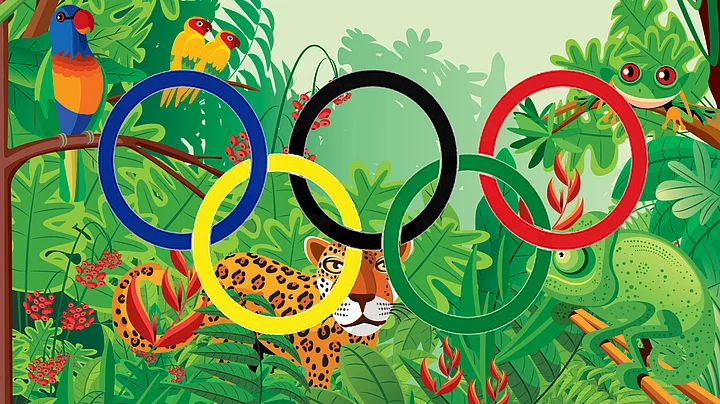17,000 tonnes of waste. 23.5 million litres of fuel. 3.6 million tonnes of carbon emissions.
These are just some of the numbers associated with the environmental cost of the world’s largest sporting event in Rio, Brazil. As people flock in for the Games, there are going to be some environmental costs. Here’s a look at a few:
Way Too Many People
More than 28,500 athletes and technical staff are expected to fly into Rio ahead of the games. That’s a lot of emissions -- not to mention a lot of waste. Around 6,000 tonnes of food will have to be produced and 1,500 buses will ferry athletes and coaches around, according to the Rio 2016 website.
The committee organising the event says the city has taken steps to reduce the damage caused by the sheer quantity of people, while simultaneously meeting their needs. Vehicles which are less fuel-intensive will be used and the city will also produce some of its energy from clean sources. Still, that’s a lot of people Brazil will need to host.
Clearing The Greens
After more than a century, golf is returning to the Olympics. But golf courses need a lot of water and the grasses need to be kept lush. The golf courses to accommodate the sport are being built on land that is home to a rare species of butterfly, pines and other uncommon species at the same time as Rio faces drought.
Environmentalists are furious, saying the city could have used Rio’s two existing golf courses.
This is an environmental crime. They are destroying the Atlantic Forest, which is part of our national heritage.Marcello Mello, Environmental Activist to The Guardian
Death of a Jaguar
People were outraged after the Olympic mascot, a jaguar named Juma, was shot dead. Juma had attacked a soldier. Handlers were unable to tranquilize the wild animal.
Jaguars are an endangered species. The Olympic committee issued an apology after the incident.
We were wrong to allow the Olympic Torch, a symbol of peace and of the union among the peoples to be displayed alongside a wild animal in chains.Local Olympic Organising Committee
The Unlivable Village
The Olympic Village, which will host tens of thousands of athletes, was built near lagoons and swamps. Brazil promised to improve environmental systems in and around the Olympic town, but auditors found no evidence of improvements.
Not to mention some athletes, like those on the Australian team, refused to move into the village, which they said had faulty plumbing and electrical systems.
Also Read: Uninhabitable Rooms and Incomplete Subway Lines Haunt Rio Olympics
A History of Struggle
Brazil already has a history of environmental conflict. It is home to the Amazon, the world’s largest tropical rainforest. Back in the 1990’s, the country was chopping down trees over an area as large as Belgium every year. In recent years, Brazil had managed to cut deforestation by 70 percent, until former president Dilma Rousseff undid some of policies protecting the forests.
If the Amazon continues to be uprooted through logging and mining, its carbon storing potential may be lost.
Sporting events are often targeted for environmental violations. And while it is true they come at a hefty environmental cost, they are also not responsible for pre-existing problems.
Still, that’s not an excuse for them to cause further damage, activists say.
(At The Quint, we question everything. Play an active role in shaping our journalism by becoming a member today.)
